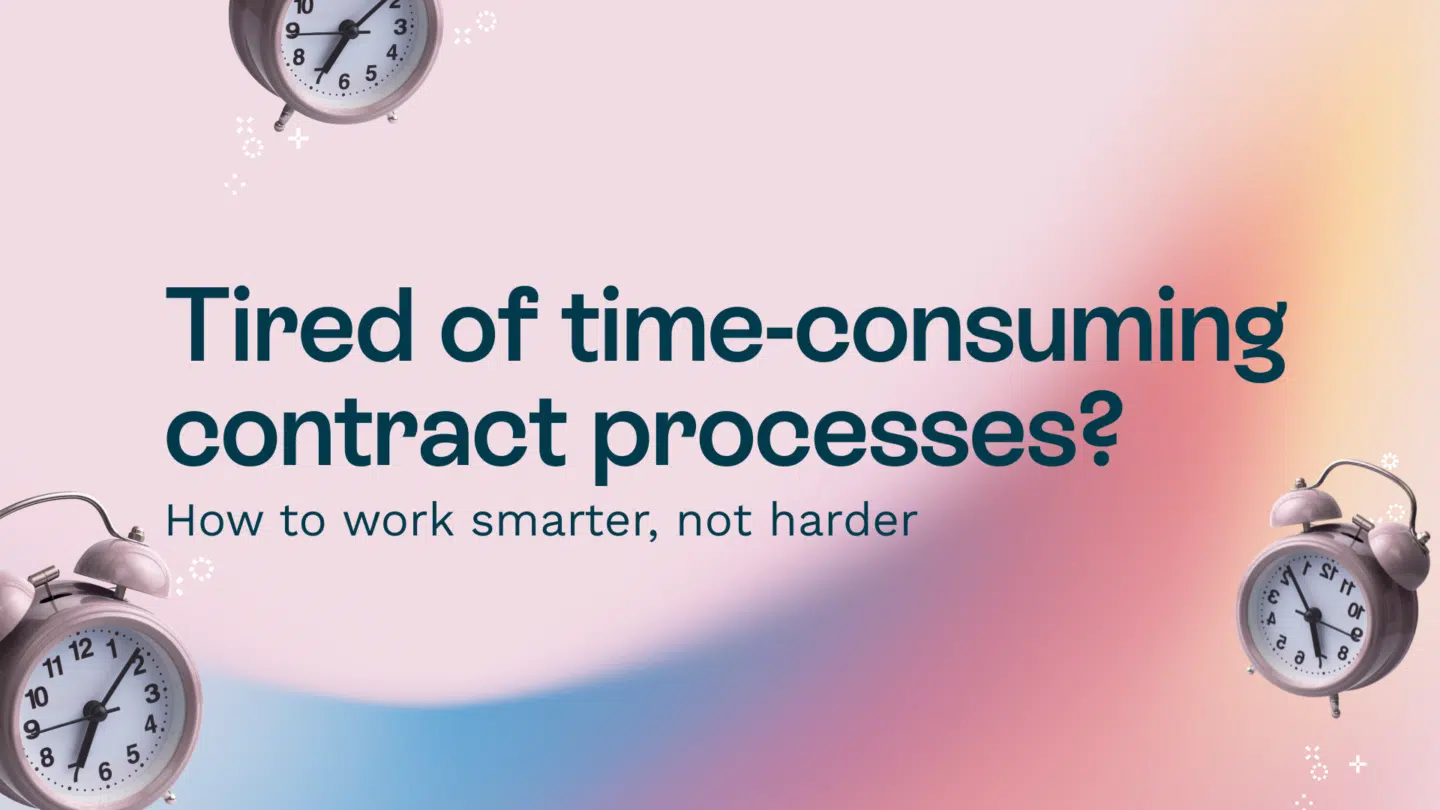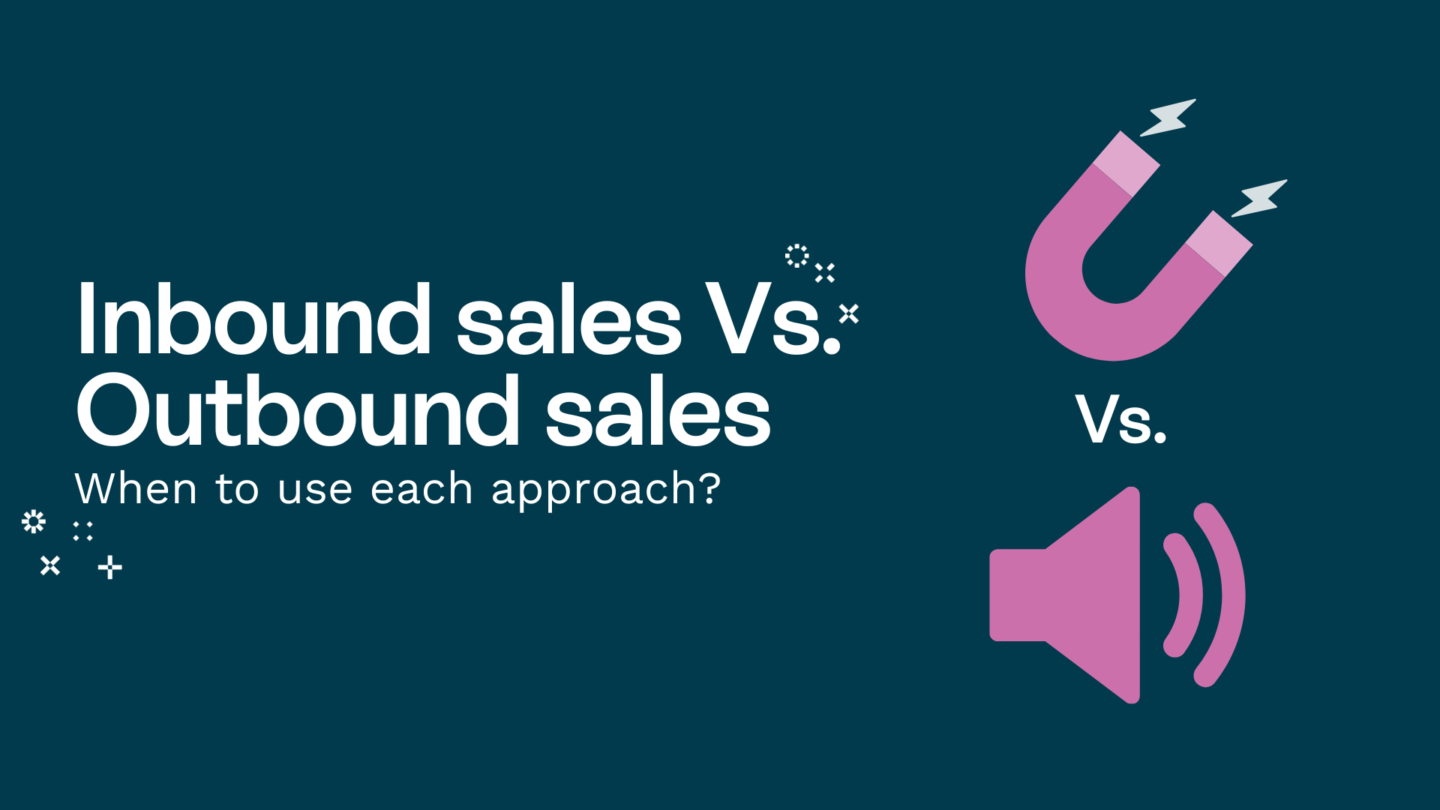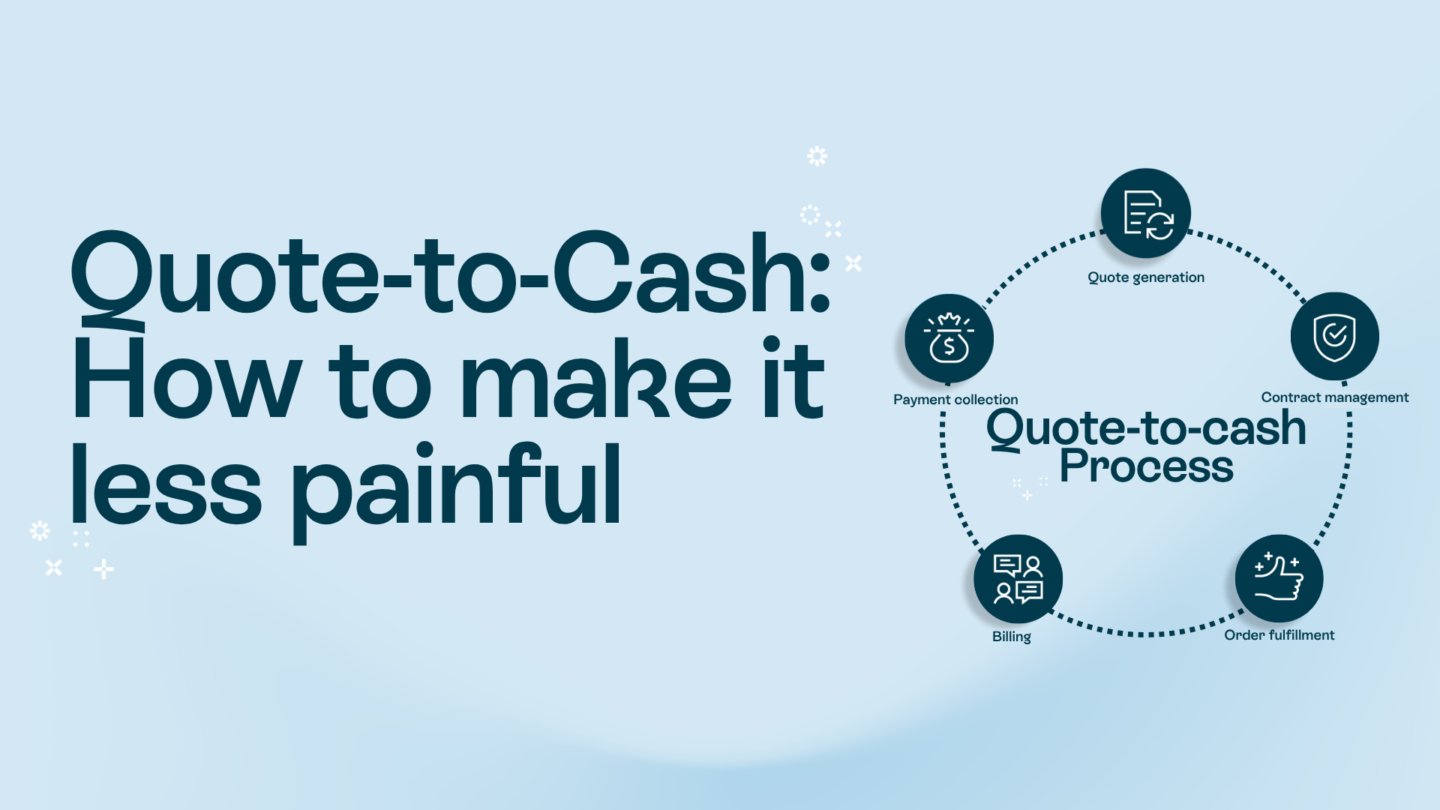Procurement is one of the most unsexy parts of a business. It’s vitally important but doesn’t really have all the glamor or excitement that can be found in other parts of a business such as sales or marketing. It tends to fly under the radar, but having a successful procurement strategy can literally make or break a business. Especially when volatile economic conditions come around.
First off, what is procurement?
Procurement is the process of securing services or materials for your business. In order for a company to create a product or service, it needs supplies. Or it needs to secure the services of a company to provide them with some materials. How else can it produce the offering which it’s trying to sell right? That’s where procurement comes into the picture. It’s the process of securing the right materials at the right price in order to ensure the business can operate.
The aim of procurement is to lower costs for a business and increase profits by increasing the margins that they receive on the products that they sell.

So, here are the ten steps of creating a successful procurement strategy:
Evaluate the current state of your business and procurement process
Before you get started with anything, it’s sound advice to look at where you are currently. You shouldn’t jump into a new process or change things up without having a clear direction of where you want to go. And you might not know where to go if you don’t know where you are at that moment. So take the time to evaluate your current needs and procurement process. What’s working? What’s not working? Jot it all down. Then once you’ve recorded it all down, you can take a step back and assess how it’s going with a full bird’s eye view of it all.
Read also: How to survive and thrive during a recession
Analyze the current state of the market and its conditions
When working with procurement strategy, you’re operating in a very dynamic environment that’s extremely susceptible to the current economic climate. Prices rise and fall all the time, but when your entire business relies on securing the right amount of a certain material at the right price, it’s obviously better to buy when prices are low. However, that isn’t how the market works or operates. It’s not exactly rational, despite the fact that economics assumes that all actors are rational, people are not.
If there’s a current shortage for something, it raises the price of that good, and then people will be willing to pay more because they know it’s in short supply. And the demand increases as well. So, because procurement is all about securing materials or services, it is extremely susceptible to market conditions and can cause a business’s downfall if the cost of acquiring goods gets too high. Then it eats into their profit margin. See many businesses that fell under due to the chip shortage, or lumber costs being so high.
Also, there may be opportunities to exploit. If there’s an abundance of material that you don’t need at the moment, but you have the chance to get it in bulk for a great price that you can turn a profit on, then go for it. Sometimes these are the decisions that can have an outsized impact on the bottom line when it comes to procurement.
Set measurable goals
What are you trying to achieve? From a business perspective? And from a procurement perspective? When you know what you’re aiming to set out, then you have a more clear direction on how to accomplish it.
These goals should follow the S.M.A.R.T. framework.
Specific. Measurable. Achievable. Relevant. Time-bound.
When you set goals, they should be according to that framework as it’s time tested and verified to get results. They’re literally smart, it’s in the name.
Read also: The top ten tips for using E-signatures to get the most out of it.

Define the procurement policies
What are your limits on what you’re willing to pay? What are the qualities that you’re looking for in the materials that you’re securing? Are you willing to make a tradeoff for quality vs. price? Or quantity versus quality? These are the types of questions that will inform your procurement policies moving forward.
For example, if you know that you’re not willing to pay anything more than a price of $4 per unit with a minimum quantity of 5,000, then that’s your base price. That’s the base you’re working from (when it comes to a pricing strategy, at least).
The most important thing when coming up with policies is to have a framework that you can work from. And that you should understand that tradeoffs may have to be made in order to secure the right amount, the right quality, or at the right time. Also, it should be clear who has the decision-making power when it comes to securing the goods or services that you need in order for your business to run. That way, different quotes aren’t flying around to the wrong people and convoluting the whole process.
Discuss with stakeholders
Stakeholder management is important in any organization and with any function. This rings true with procurement because procurement can have a massive impact on a company if done correctly, even more so if done incorrectly. So, discuss the procurement strategy and plan with the Chief Procurement Officer, their procurement team, and other stakeholders that may be in the management team or involved in the process. For example, those who are managing the actual production of your product, the quality assurance team, etc. They will all have valuable input on what materials you should source and help determine their value.
Secure the right tools
As with every other job, there are tools that are required for the job. For procurement, it can be having the right software or platform that allows you to get the best deals. Or where you can be with the biggest or best suppliers for the materials you need.
Having the right tools can be a massive boon or hindrance to your procurement process. It can either speed things up or vitally slow them down. Naturally, digital contracts make a great addition to your procurement process, but there are other tools that definitely aid in getting the job done as well.
Read also: The top ten procurement software tools you need for 2023
Outline and finalize the procurement strategy
When you’ve got your goals, the stakeholders on board, and the right tools at your disposal. You’re pretty much there. You’ve just got to coalesce everything together and put it in a coherent structure. One that’s easily understandable for everyone who’s going to be doing the execution of said strategy.
Then when it’s all laid out, its’ easier for everyone to get on the same page. They’ll know what their responsibilities are and what they have to do. It creates alignment and makes the next step easier.
Tips for a successful procurement strategy: Execute
The last but most important part is executing the strategy that you worked so hard and for so long on. It’s definitely the hardest part but if everything else is set, then you can follow the steps in order to execute the plan to the fullest. It’s of course much easier said than done, but if all the prior steps are completed and you trust your team, then that’s really all you can ask for.
Creating a procurement strategy is a lot of work. There are many moving parts to it. Lots of people need to be brought on board, and it’s susceptible to outside forces that are out of a company’s control. That being said, it’s a crucial process that lies at the heart of a company. If they get procurement wrong, the business can fail. But if they get it right, the business can flourish. It definitely is a double-edged sword.
Read also: The importance of data-driven decision-making for businesses
Evaluate and optimize
Continuous evaluation of the procurement process is essential to ensure that it remains relevant to the changing needs of the organization. Changes in the market, technology, and other external factors can all impact procurement, making it necessary to review and update procurement policies and procedures on a regular basis. This will help to ensure that the procurement process remains aligned with the business objectives and goals of the organization.
Improvement of the procurement process is also necessary to optimize efficiency and reduce costs. By identifying areas of inefficiency and implementing process improvements, organizations can streamline the procurement process and reduce the time and resources needed to acquire goods and services. This can result in significant cost savings for the organization, which can be reinvested in other areas of the business.
To continuously evaluate and improve the procurement process, organizations should adopt a data-driven approach. This involves collecting and analyzing data on procurement activities to identify areas of improvement. Data analytics tools can be used to evaluate supplier performance, identify cost-saving opportunities, and optimize procurement workflows.
Maintain detailed records
Accurate record-keeping provides valuable insights into the procurement process, enabling organizations to identify areas of inefficiency and opportunities for improvement. This information can be used to evaluate supplier performance, optimize procurement workflows, and reduce costs.
Effective record-keeping also helps organizations to manage risk, providing a record of all procurement activities and ensuring that contractual obligations are being met. In the event of a dispute or conflict, accurate records can be used to resolve the issue quickly and efficiently.
In addition, maintaining accurate records is essential for compliance with regulatory requirements. Many industries are subject to strict regulatory requirements, and failure to maintain accurate records can result in significant fines and penalties, which nobody wants.







